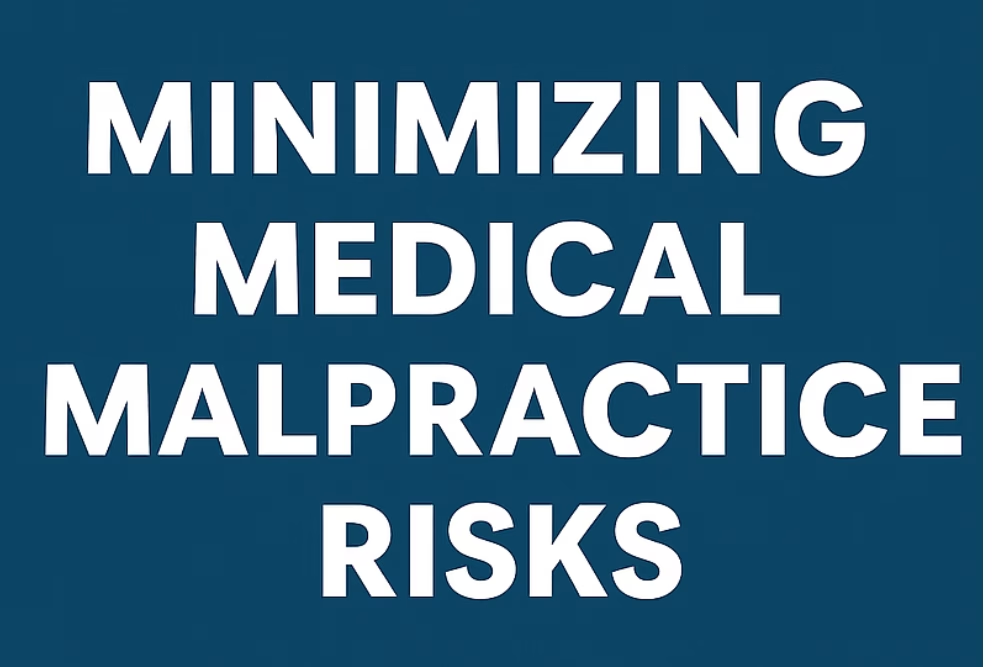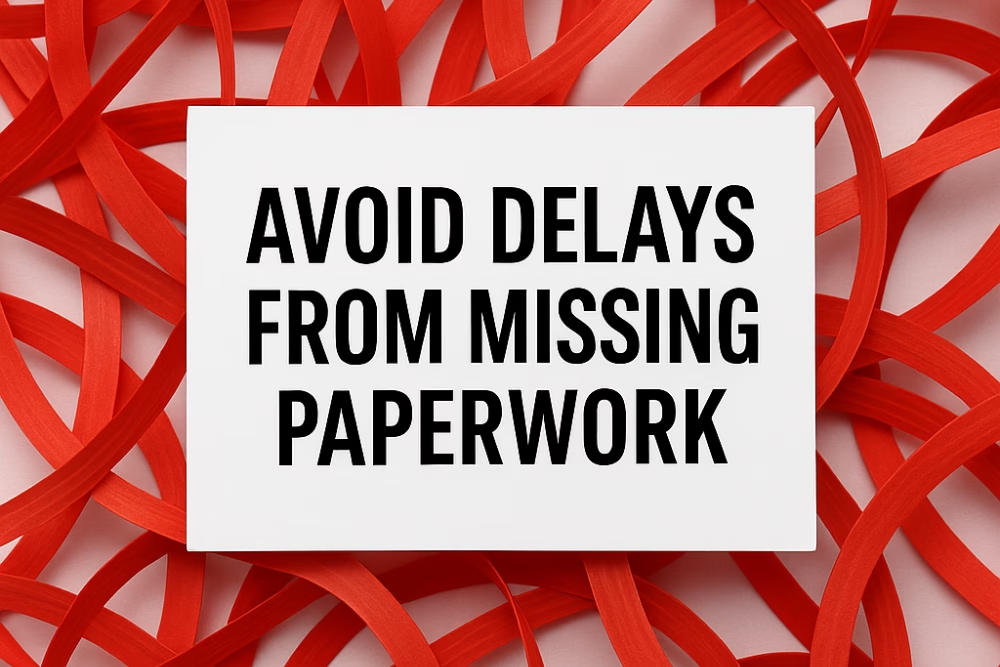In today’s healthcare landscape, patient access and reliable reimbursements are non-negotiable for sustainable success. Strategic participation in insurance networks plays a key role—but how do you identify and join the right ones? This modern guide gives you a clear, actionable plan to navigate the insurance maze and boost your patient reach and financial health.
1. Understand Your Ideal Patient Base
Before chasing insurance contracts, dig into your patient demographics:
-
Age Ranges: Are you seeing young families, retirees, or a specific age group?
-
Income Levels: Knowing economic backgrounds helps predict insurance preferences.
-
Employment Ties: Identify local employers and their health plan offerings.
-
Location: Focus on networks with strong coverage where your patients live.
2. Know Their Insurance Habits
Once you understand your patients, explore their insurance behaviors:
-
Coverage Types: Are you seeing more Medicare, Medicaid, or private insurance patients?
-
Plan Preferences: Are HMOs, PPOs, or EPOs more common?
-
Employer Plans: Research major local employers’ insurance offerings for deeper insights.
3. Focus on Regional Network Strength
Insurance coverage isn’t the same everywhere. Prioritize networks that have a robust local presence, ensuring you’re accessible to the biggest patient pools in your service area.
4. Match Network Services to Patient Needs
Does your patient base need preventive care, chronic condition management, or specialty services? Choose insurance networks that cover and reimburse well for what your patients truly need.
5. Smart Research: Target Key Players
Once you’re clear on your goals:
-
Attend healthcare industry events and conferences.
-
Use online tools like Healthcare.gov to analyze local markets.
-
Directly contact insurers about their participation requirements.
-
Lean on professional associations for insights and introductions.
6. Be Credentialing-Ready
Prepare your documentation for a fast credentialing process:
-
NPI Number
-
State Licenses
-
Malpractice Insurance
-
DEA Certification (if needed)
-
CAQH Profile
Having these ready means less time waiting and more time serving patients.
7. Negotiate Smart Contracts
Don’t sign blindly. Always:
-
Review reimbursement rates and administrative obligations.
-
Understand performance requirements.
-
Seek legal review when needed to protect your financial goals.
8. Stay Agile: The Landscape Changes Fast
Insurance networks, policies, and reimbursements evolve constantly. Regularly review and adjust your network participation to stay aligned with your growth strategies.
Partner with Experts to Simplify the Journey
Managing insurance networks doesn’t have to be overwhelming. Partner with eClinicAssist to streamline the entire process—from credentialing to contracting—so you can focus on what matters most: delivering exceptional patient care.
Ready to maximize your practice’s potential? Contact eClinicAssist today and let’s unlock new opportunities together!







